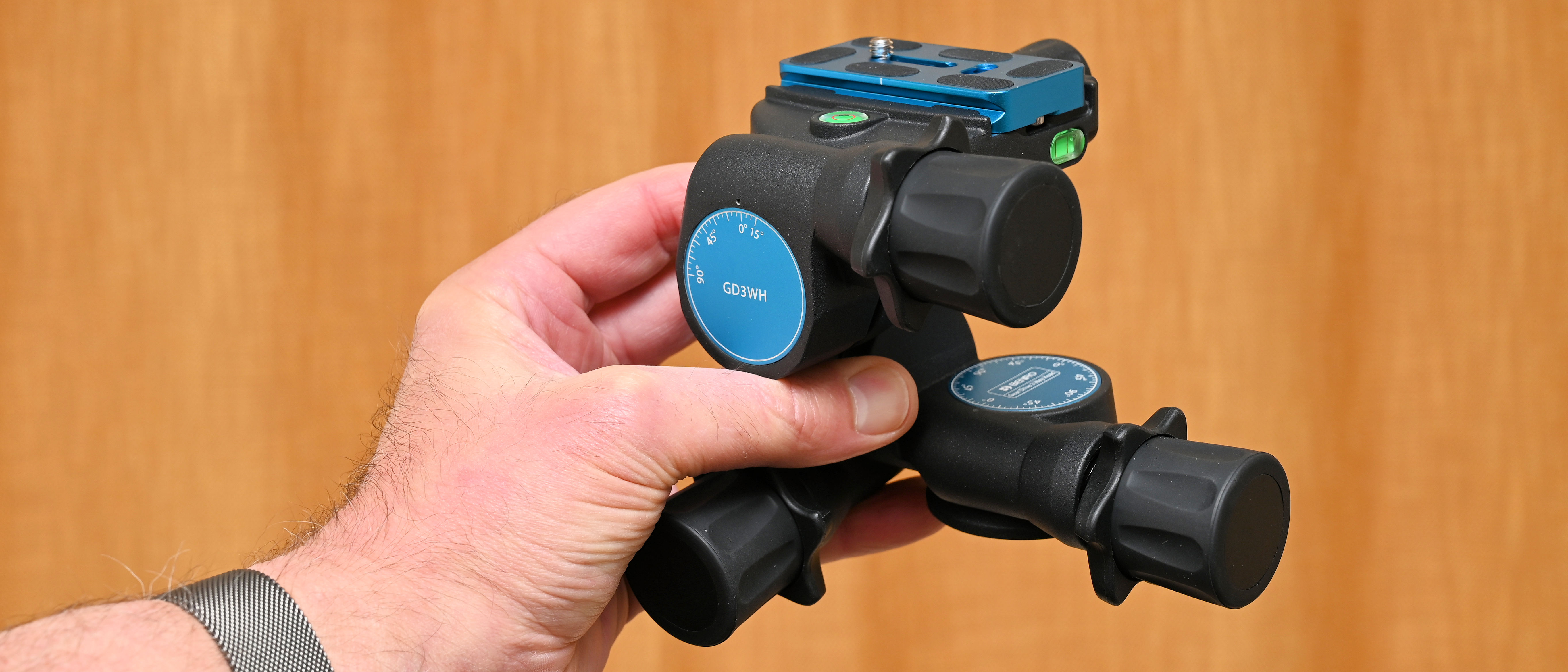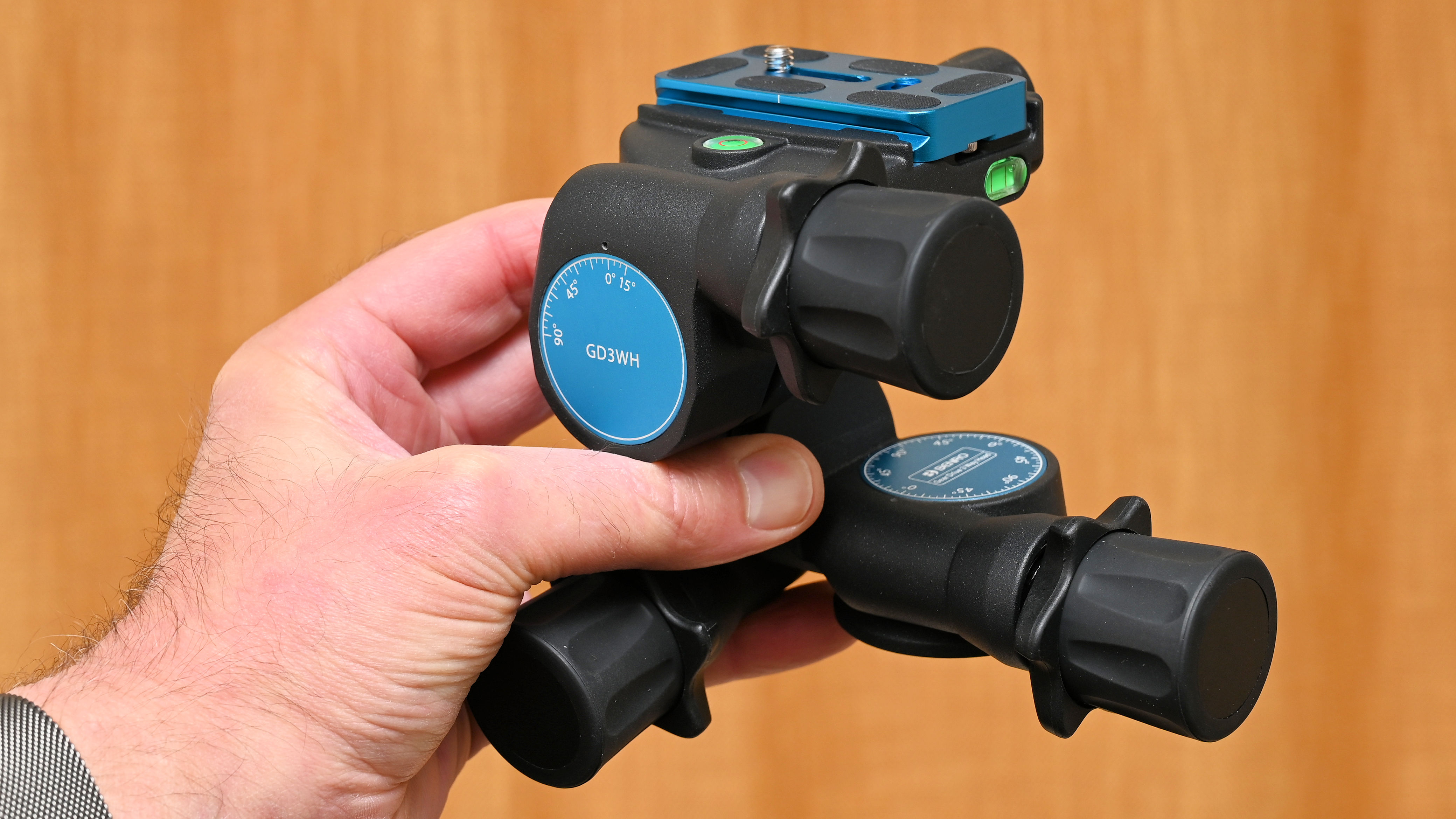
I’ve long been a fan of Benro. The Chinese manufacturer has been going since 1996 and created some of the best tripods for photographers, best carbon tripods, best tripods for videographers, and best travel tripods along the way. Naturally, any great tripod kit is as much about the head as it is about the legs, and Benro has made some superb heads of all sorts. I’ve recently been particularly impressed by the Benro Cyanbird Carbon Tripod with FS30 Head, which works particularly well as a travel tripod for shooting both stills and video, and I’m also very keen on the highly versatile Benro FS20PRO Video & Foto Head.
In both cases, though, these ball heads can be less than ideal when you need to make ultra-fine adjustments. Typical scenarios include landscape photography where you want to keep the horizon absolutely level, architectural photography where you want the walls of buildings to be perfectly vertical, and close-up shooting where tiny positional changes can make a big difference. That’s where this geared head comes in, with its micrometric adjustments for all three axes of movement.
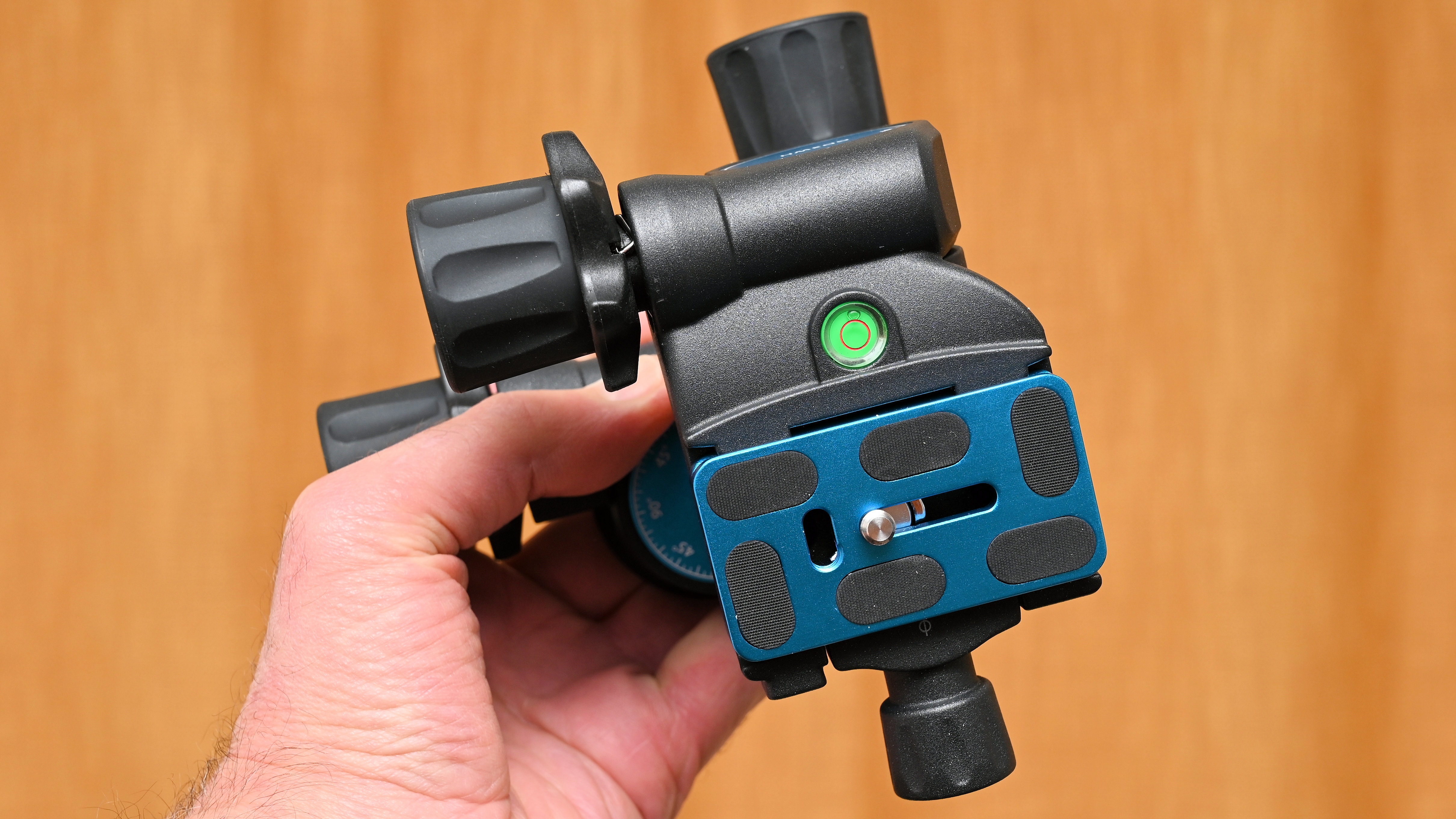
Benro GD3WH Geared Head: Specifications
Benro GD3WH Geared Head: Price
For the sake of comparison, Manfrotto is one of the biggest names in tripods and supports and, sure enough, they make a range of geared heads. I’ve been impressed by the Manfrotto 410 Junior geared head, which costs $299 / £285 / AU$575. I’m not quite so enamored with the Manfrotto XPRO geared 3-way head, which is made from technopolymer (plastic by another name) and still costs $249 / £179 / AU$476.
The Benro GD3WH Geared Head weighs in at $225 / £220 but its list price is often discounted. At the time of writing this review, it was commonly available for $175 / £169, and even less if you shopped around. That makes it great value, considering its premium materials and excellent build quality. Benro also sells a GDHAD1 tripod spacer for just $32 / £21, which can be a useful accessory. I’ll come back to that later.
Benro GD3WH Geared Head: Design & Handling
The design is classic 3-way geared head. The Benro sits on a 52mm / 2.05" circular base with a 3/8” threaded socket for attaching it to a tripod. Above the base are a pair of adjustment knobs on the same level as each other but spaced 90 degrees apart. These are for individually adjusting panning and forward/rear tilt respectively. Each has a calibrated scale, panning with a full 360-degree rotation, and tilting for 90 degrees forward (for shooting vertically downwards) and 30 degrees upwards. Naturally, you can swap the extents of upward and downward tilt, simply by rotating the quick-release base in its cradle by 180 degrees.

Further up, on almost the same level as the camera platform, is the third knob. This one is for side-to-side tilting. Again it has a calibrated scale, this time from 90 degrees to the left, ranging to just 15 degrees to the right. You might feel that’s a bit limiting, especially if you prefer tilting your camera to the right for portrait orientation shooting, so that it’s less likely to come unscrewed on the QR plate. Again though, you could turn the quick-release plate around in its cradle to reverse the extents of maximum tilt in either lateral direction.
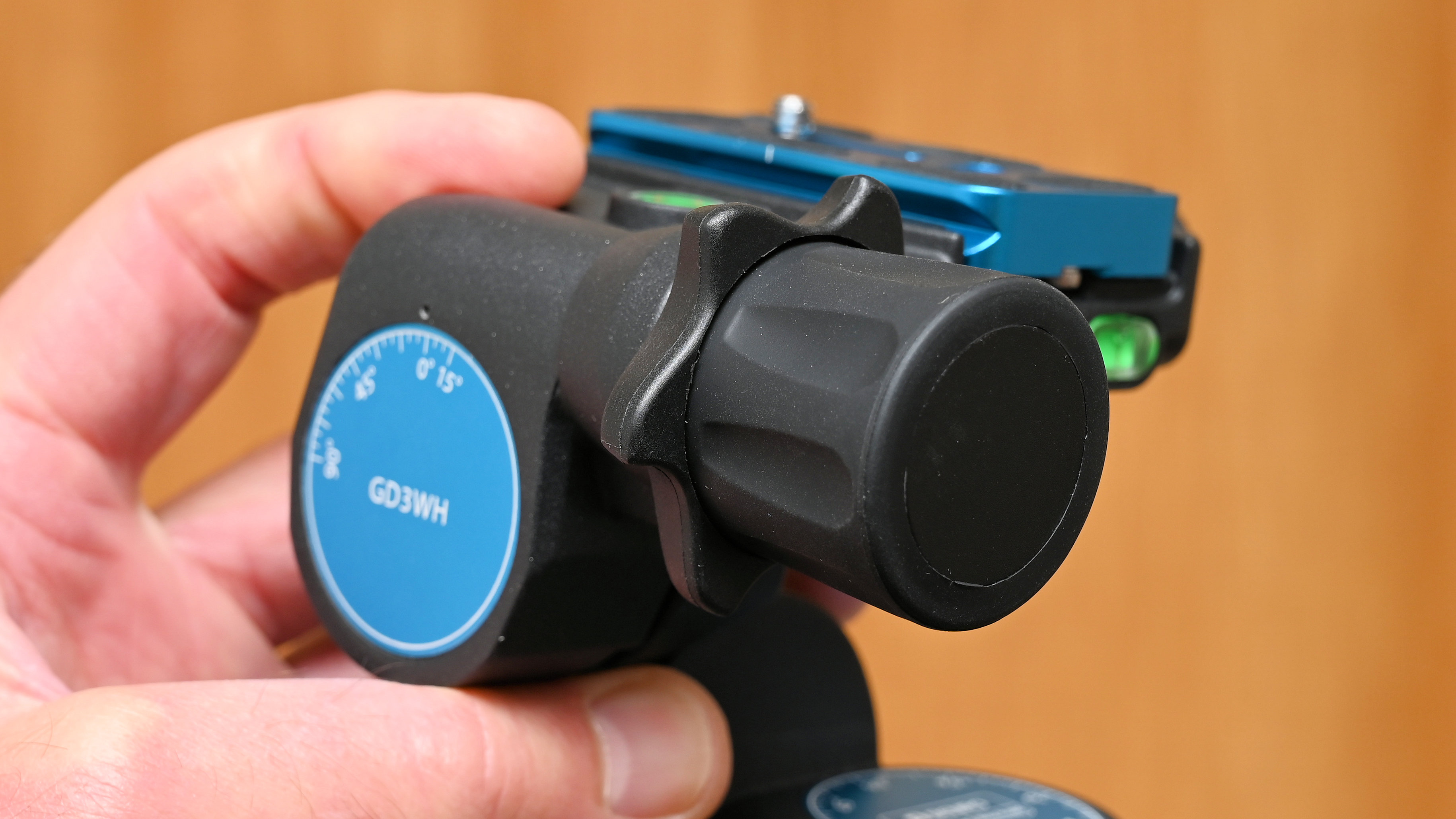
The gearing of all three knobs is suitably low, enabling very fine and precise adjustments in all three planes. The flip side is that large adjustments take forever, or at least they would do if it wasn’t for the alternative adjustment method. By twisting the coarse adjustment wheel for any of the knobs, you can effectively disengage the respective gear from its drive, enabling free movement over the entire travel. When you’re in the right ballpark of adjustment, you simply let go of the spring-loaded wheel and go back to using the knob for fine adjustments.
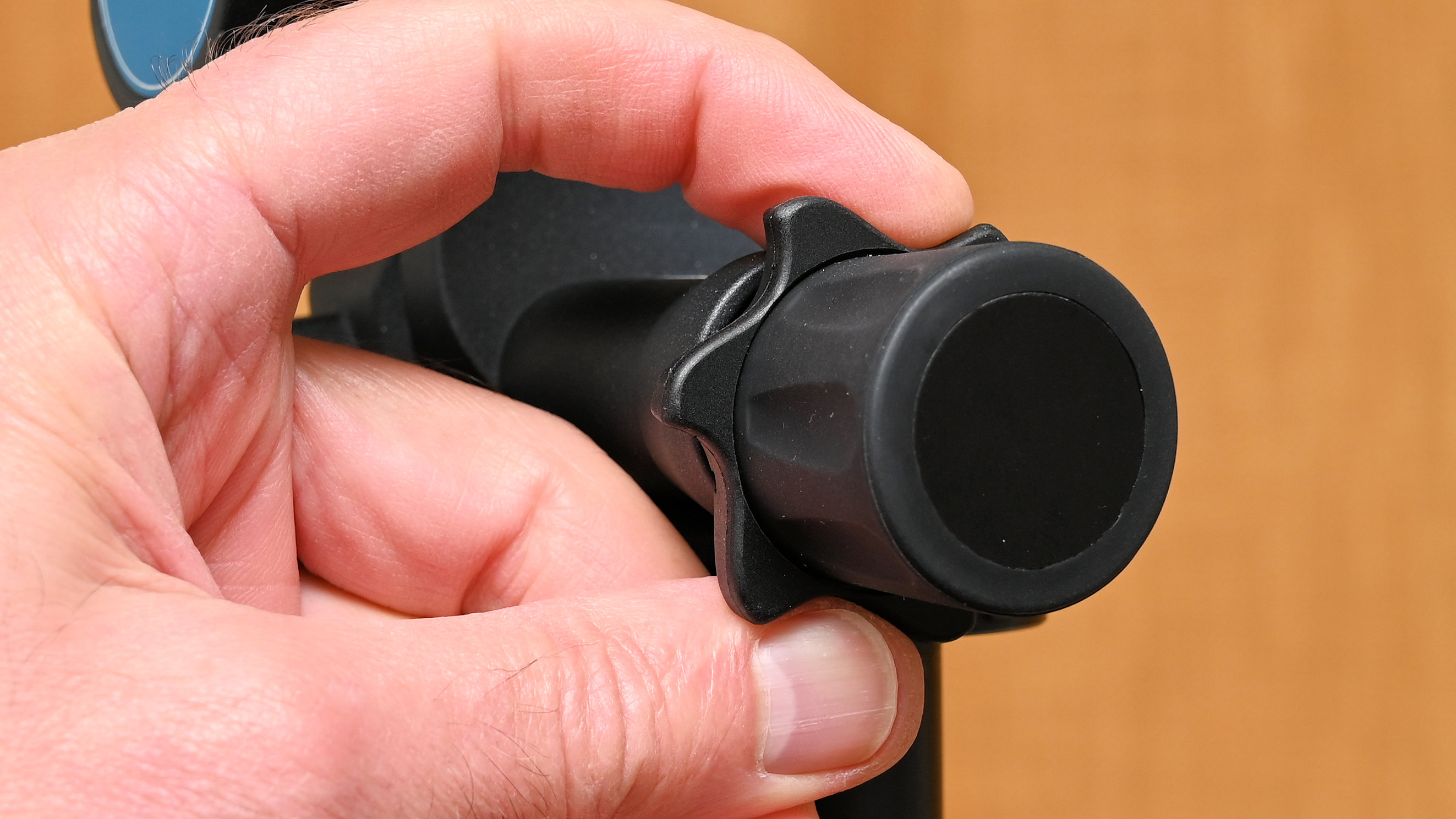
Moving on up again, the camera platform has quite a long cradle for its Arca-Swiss type quick-release plate. It’s a very secure arrangement, as security pins stop the QR plate sliding out sideways if the locking knob is loosened accidentally. To enable removal, you have to physically pull the knob backwards and keep on turning, once you reach the safety position.
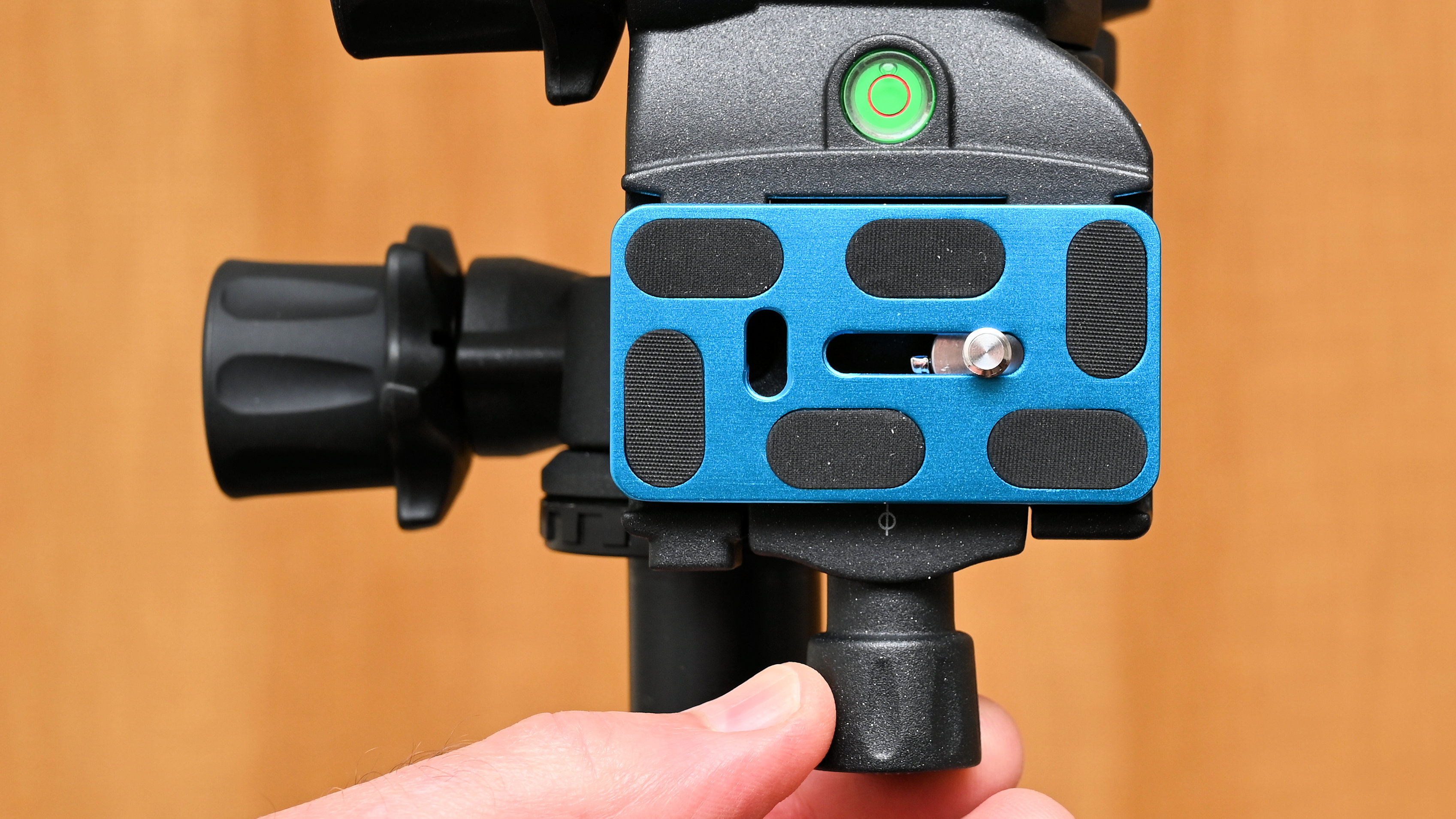
To help with the business of leveling on any axis, the head features a large bubble level on its camera platform at the top. There are also two smaller spirit levels, one each on two sides of the head.
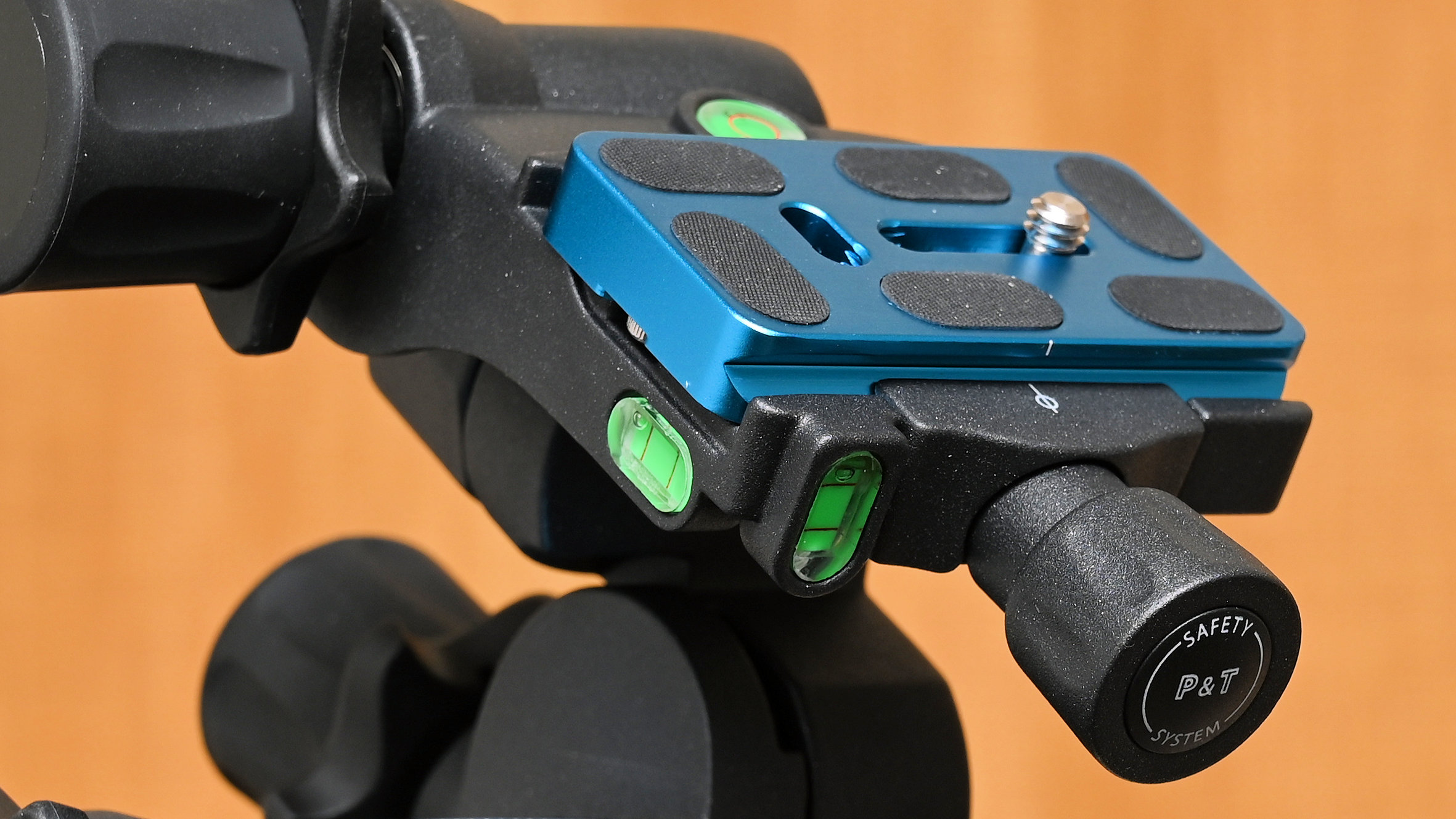
A particular problem that the Benro shares with other geared heads manifests itself if your tripod doesn’t have an extending center column. In this case, if you try to add a significant amount of tilt in either axis, the control knobs can foul on the tripod spider that connects the legs together. To get around the problem, Benro offers a GDHAD1 tripod spacer as an optional extra, for $32 / £21. It’s a solid chunk of metal that’s very nicely turned out and well worth the extra outlay.

Benro GD3WH Geared Head: Performance
The whole idea of a geared head that enables ultra-precise adjustments is that those adjustments really are precise. Accuracy can be ruined if the head doesn’t stay firmly in the placement to which you’ve adjusted it. I’ve used some geared heads that are less than rigid and tend to drift a little under the weight of a camera, as well as lacking resistance to flexing and vibration. I’m happy to say that the Benro excels in its performance, being totally firm and rock-solid in use.
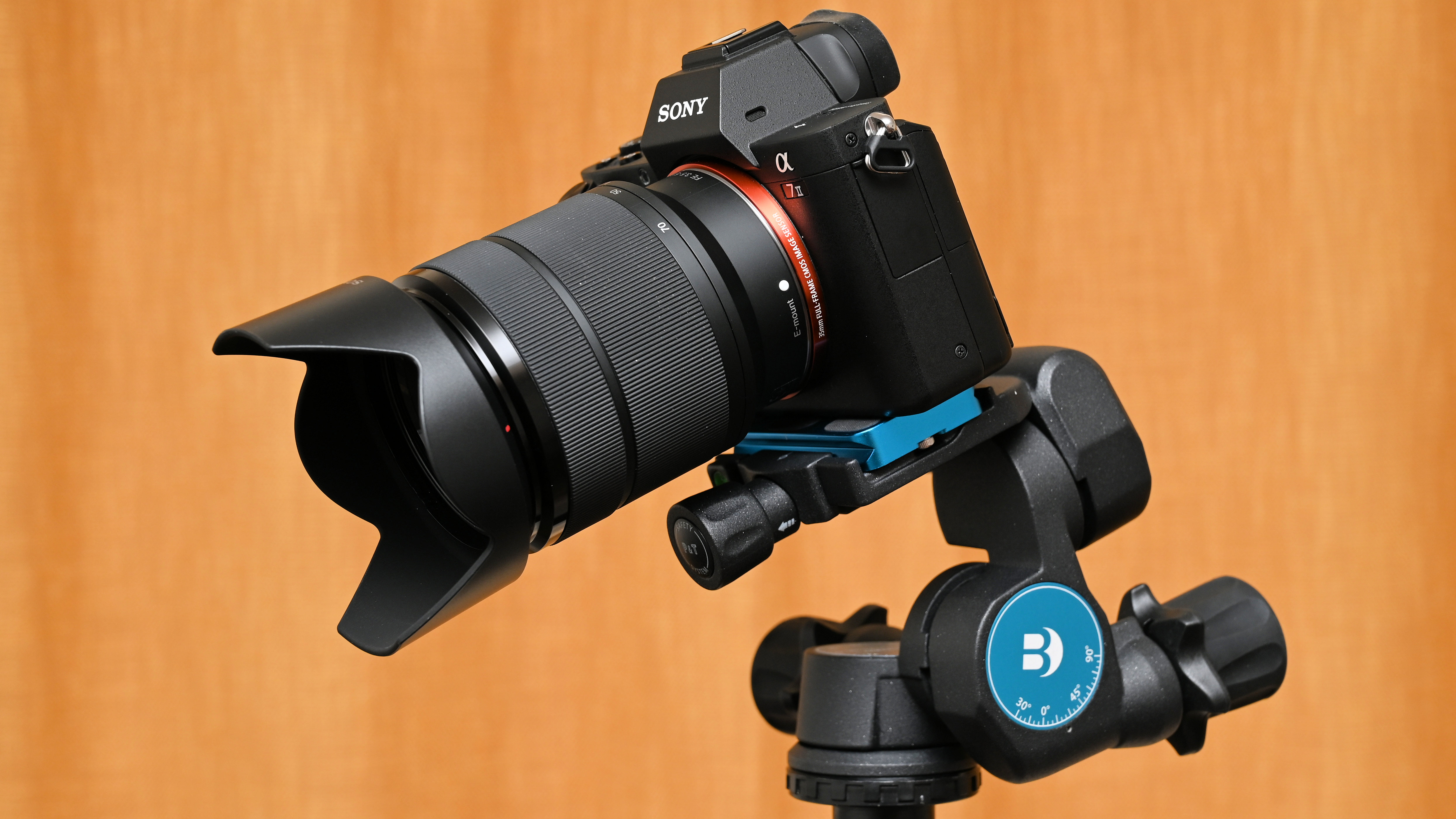
Another area of concern can be that, to enable a firm footing as it were, the control knobs have a stiff action that makes them less than easy to turn. Again, the Benro does really well here. It’s the payoff for being based on excellent materials and build quality. The main body of the head is made from magnesium alloy, while the moving parts are engineered from carbon steel and bronze. That helps to ensure long life as well as smooth operation.
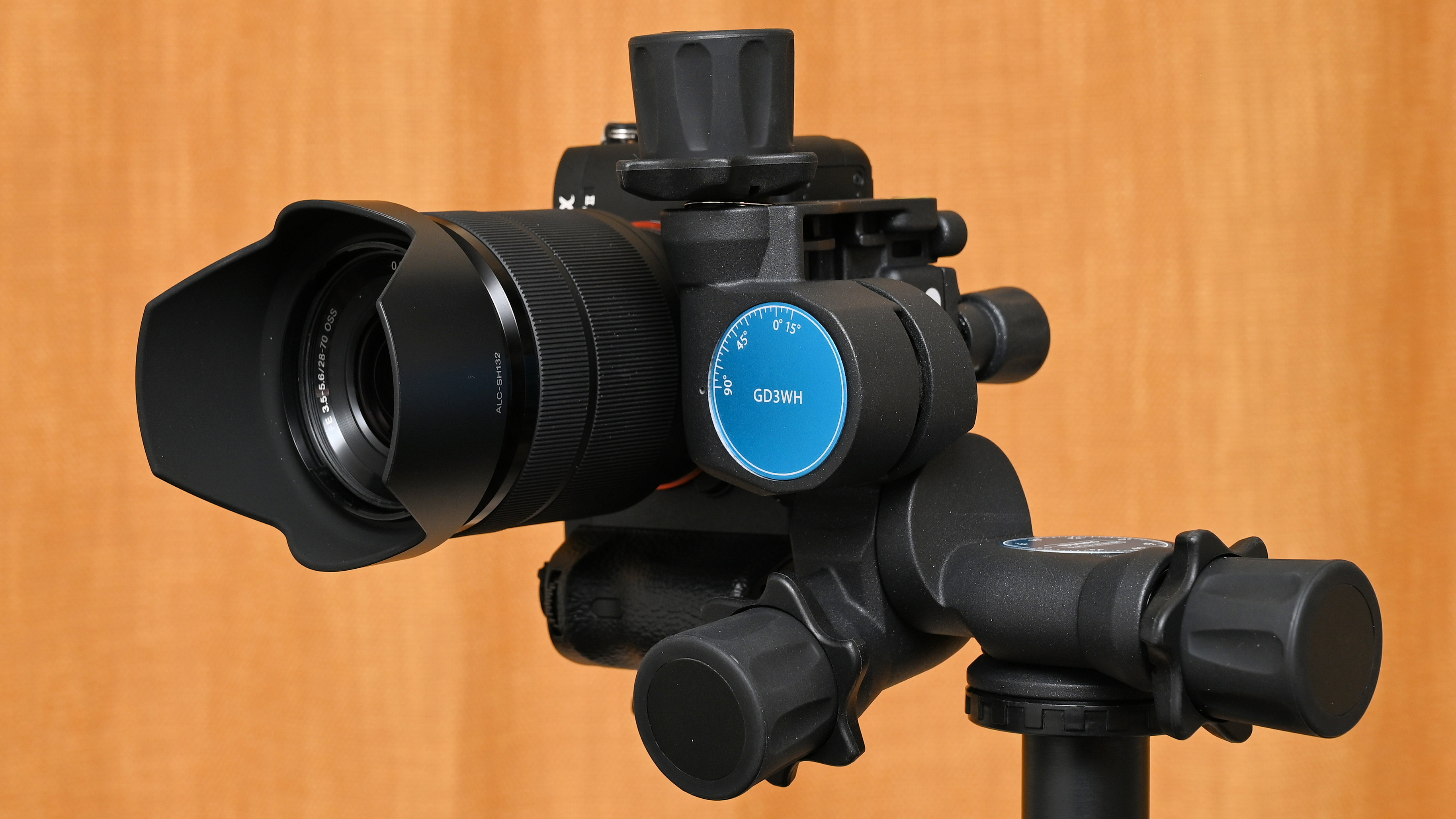
Benro GD3WH Geared Head: Verdict
When the devil is in the detail and I need the utmost in ultra-fine camera placement, I know that I can count on this Benro GD3WH Geared Head to deliver every time. The mix of coarse and fine adjustments for three axes of movement make it quick and easy to position the camera exactly how I want it, and I can rest assured that it’s not going to budge afterwards, as the head is extremely resistant to unwanted flexing, sagging and vibration. All in all, it’s a thoroughly well designed bit of kit that’s expertly made and lavishly finished. That also makes it excellent value for money.
